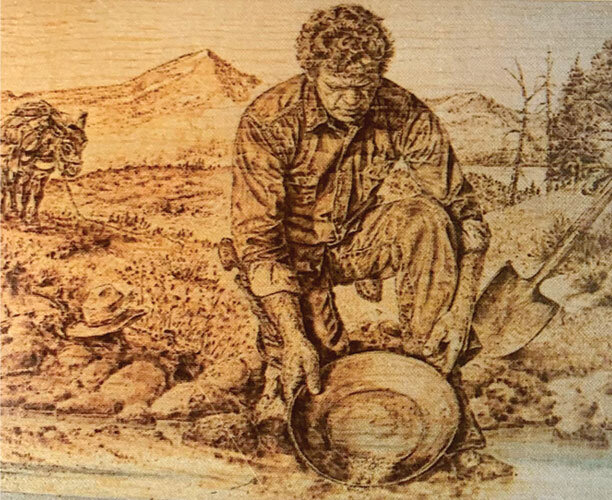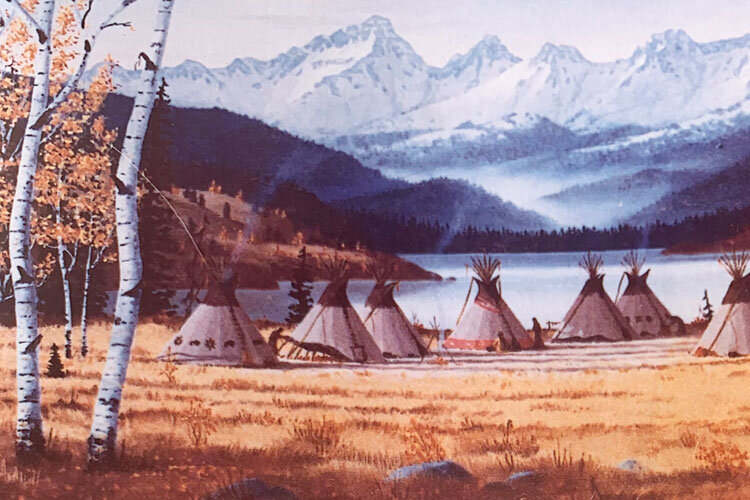
Region & History
REGION
With precious minerals, fertile lands and wide pastures Okanogan Valley is a land of untold wealth and beauty.
The largest county in Washington, at 5,315 square miles, Okanogan County is larger than several eastern states. Located in proximity to Seattle, Spokane, and Vancouver, B.C., it is an International destination with accessibility.
Within its borders it contains the natural beauty found across the United States, all in one location. A climate excelled by none, it boasts warm to hot summers in the 80s & 90s and snowy, picturesque winters. Wherever adventure may take you - fishing, hiking, sailing, golf, water sports, camping skiing, horseback riding, even ATVing - it’s all within a few minutes drive, boat ride, or hike. Osoyoos is the largest lake but there are 5 other smaller and equally spectacular lakes that offer excellent fishing and kayaking.
Nearby Chopaka Mountain offers beautiful hiking, ATVing, and hunting. Its north cascades range peak at over 8,000 ft. And, when you need a rest from the adventuring, the vineyards are second to none. Considered to be the next Napa Valley, you can unwind with a delicious wine and soak in the stunning scenery.

Okanogan County is your gateway
to outdoor adventure.

HISTORY
From indigenous land to mining town to vacation hot spot, Okanogan County’s rich and varied history can still be seen in the valley and surrounding mountains.
Originally first nation land, the lake is named from the Syilx (Okanagan Indian) word ‘soo-yoos’ which describes the unique formation of the lake. In the early 1800s, the Okanogan River began to be used by European fur traders, explorers and cattlemen. By the 1850s, the area started to be settled. Hiram F. “Okanogan” Smith became one of the areas first white settlers. For years, his lonely trading post was a welcome sight to travelers. In 1857, Smith planted 1,200 small apple trees carried by snowshoe and pack horse from Hope, B.C. They were the beginning of the Washington State Apple industry. Eleven of his trees are still bearing today. A miner and pioneer cattleman, Smith served in the territorial and state legislatures before his death in 1893.
With Smith’s lead, and the fever of the 1858 gold rush, an influx of miners and settlers came to the area. By the time the gold frenzy started to cool, settlers turned their attention to the rich agricultural bottomlands. By 1920, Okanogan’s population had nearly doubled with a strong economy based, primarily, in their apple orchards. In second place was lumber and wood products, followed by cattle in third place. Increased railroad and auto access allowed Okanogan to add tourism to its growing economy. Another industry was also thriving, bootleg liquor. Thanks to its easy access to Canadian whiskey, Okanogan County was a hotbed of bootlegging during Prohibition.
Still boasting a strong economy based in agriculture and tourism, Okanogan County has transitioned into grape production for wine. Considered by many to be the “next Napa Valley”, the valley offers an unparalleled combination of wine touring, outdoor adventure, and stunning scenery.





